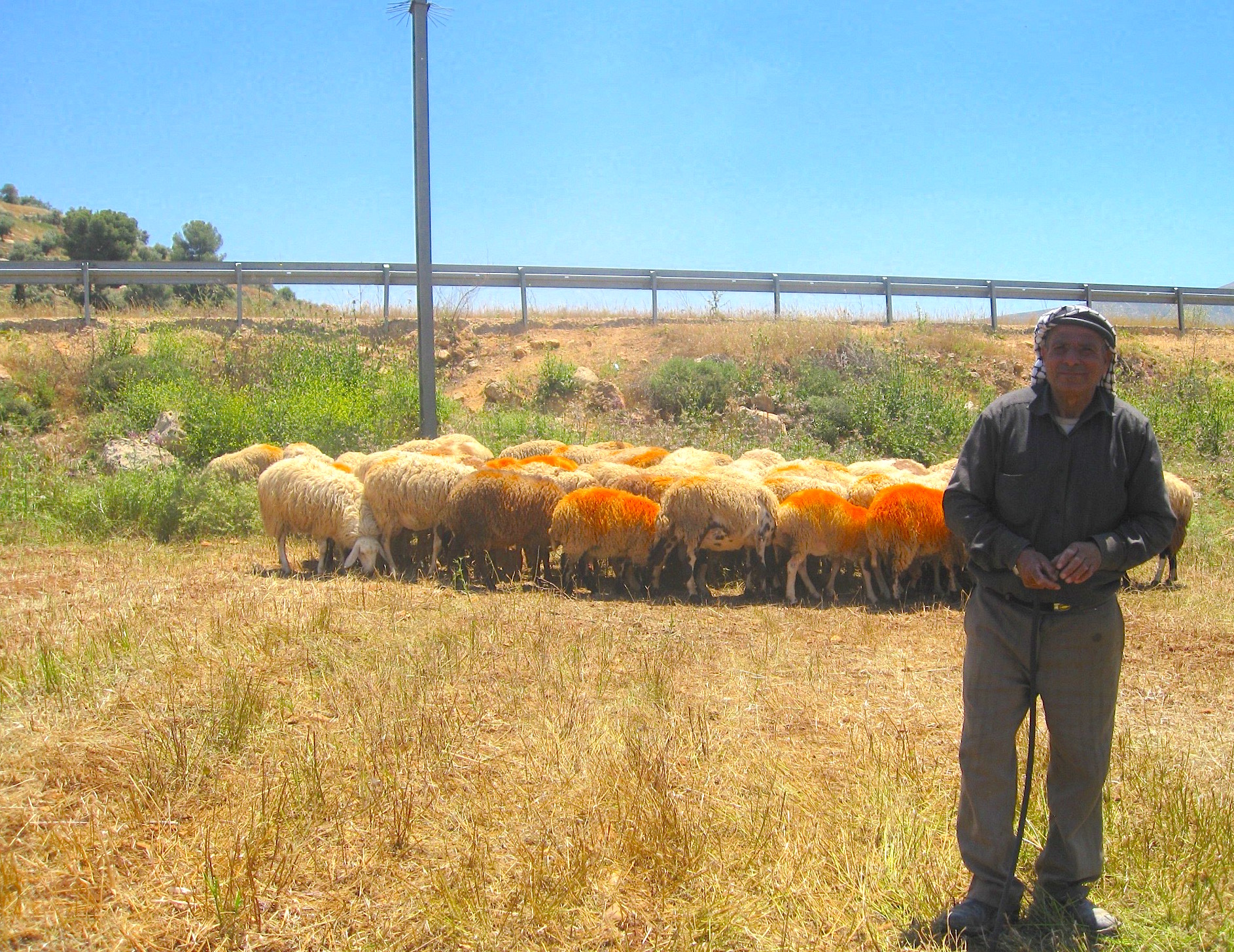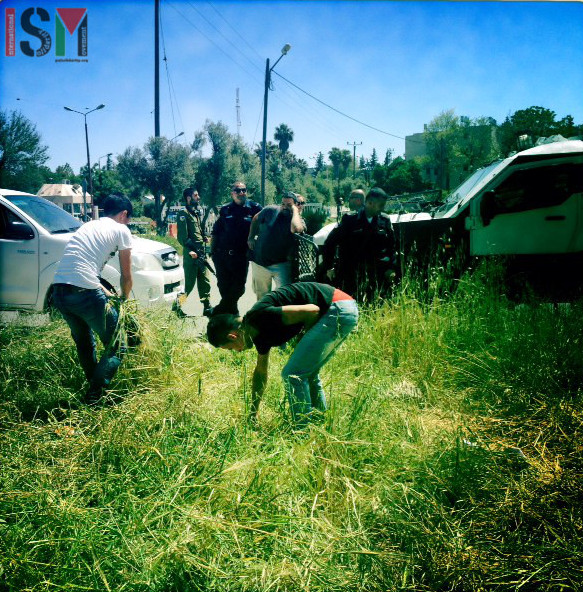Tag: Farmers
-
UPDATE: Shepherds in Salem
7th May 2015 | International Solidarity Movement, Huwarra Team | Salem, Occupied Palestine Update 14th May: The wheat is not ready for harvest yet. The call for people to help the shepherds and farmers on their land is postponed until next Friday 22nd and Saturday 23rd. Please come in numbers as the Israeli forces are making…
-
Harvesting While Harassed- Jabari family face military and settlers to gather their crops
3rd May 2015 | International Solidarity Movement, Khalil Team | Hebron, Occupied Palestine The Jabari family owns land sandwiched in between the illegal settlements of Kiryat Arba and Givat Ha’vot. In 2001, settlers illegally took over part of the land to erect a synagogue-tent on the Jaabari-family land. All settlements are illegal under international law,…
-
South Hebron Hills – farming under occupation
27th April 2015 | International Solidarity Movement, Team Al Khalil | South Hebron Hills, Occupied Palestine Located in the tip of the West Bank, the South Hebron Hills are dotted with farming and shepherd communities. We are currently in the wheat harvest season and the children are spending their last few weeks at school before…



